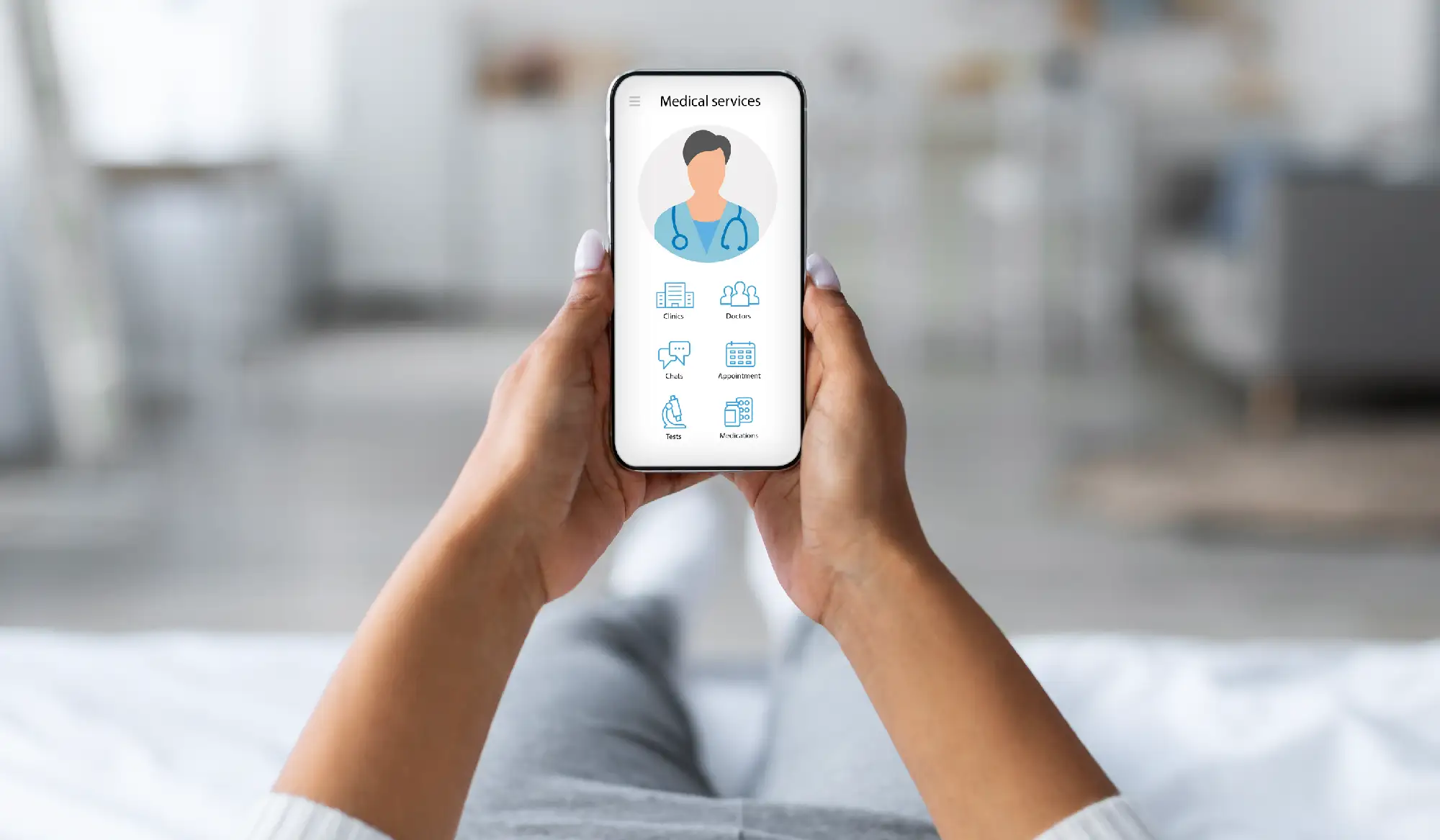For many years, the medical world has struggled with how to improve patient health literacy
In a factsheet published by the U.S. Department of Health and Human Services, the research found that only one in ten adults are competent enough to assess their own health condition. Given that health literacy is a strong factor when it comes to self-care, it’s obvious that more effective health training strategies need to be adopted to help people make better health decisions.
Medical experts describe health literacy as “the degree to which individuals can obtain, process, and understand the basic information and services they need to make appropriate health decisions.” With this in mind, a lack of adequate knowledge of personal health can lead to a series of complications, from poor self-care and preventable hospitalizations to poor patient engagement.
In this article, we’ll take a closer look at some of the most effective strategies to improve patient literacy that can help curb the problem for good.
1. Leverage technology
According to a research journal by Pew Research Center, at least 81 percent of Americans now own a smartphone. In this digital era, access to information has become easier and more mobile. From a medical perspective, many health-tracking tools have been developed to make life easier for all patients.
Patient portals have made it possible to deliver crucial health information to patients, such as lab test results along with their interpretations. Mobile apps can now collect personalized data such as heartbeat and sugar levels and suggest preventative measures accordingly. Telemedicine tools have also made it easier to assess and treat patients in remote areas. Ultimately, all these tech tools can be leveraged to improve patient health literacy by facilitating more effective communication with health professionals.
2. Cater to their style of learning
Simple is superior, and this couldn’t be truer in the medical space. Health professionals often encounter patients from all walks of life. The key to effective communication is simply keeping things simple. While giving instructions or recommendations, using plain language that’s easy to digest allows you to accommodate all patients and consequently improve their health literacy levels.
3. Get patient buy-in
Patient buy-in is all about “adherence.” Some patients, especially those with psychological stressors such as anxiety or depression, are less likely to adhere to the doctor’s instructions. This can often prove risky to the patient’s health and make the condition even more complicated. To solve this, health professionals need to be extra careful while interacting with their patients. Talking in a reassuring yet affirmative voice goes a long way in developing a sense of trust with patients. This, in turn, results in improved health literacy levels through better patient engagement.
4. Use teach-back principles
The teach-back method is an effective way for health professionals to confirm that their patients have understood the instructions dictated to them regarding their medication or treatment. Basically, doctors analyze the patients’ conditions and recommend some health improvement remedies. To ensure that the patients have fully understood the remedies, the doctors then ask them to explain these instructions again using their own words.
As simple as it sounds, the teach-back method has proven to be one of the most effective ways to improve health literacy among patients by giving them more verbal control on how they approach self-care.
5. Involve family
Personal health is usually a very intense topic for most patients, especially when coupled with the fear of an unknown diagnosis. When dealing with self-care, health professionals can often reinforce instructions they give to their patients by bringing in a family member to the one-on-one sessions. A close family member brings along an extra set of listening ears, either to fortify the message being passed along or seek clarification where necessary. This will result in a better understanding of the best approach in individual health decisions.
Final Words
Although the negative implications of low patient health literacy are obvious, there is still a lot of confusion surrounding this concept in the medical space. Nonetheless, many clinicians and health professionals are slowly starting to embrace the importance of encouraging health literacy. Much has already been done to clarify the challenges associated with health ignorance and these tips can effectively lead to a higher level of patient health literacy.


